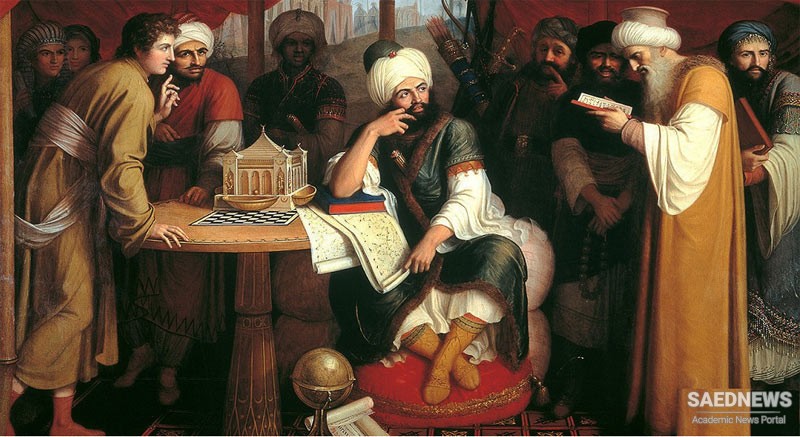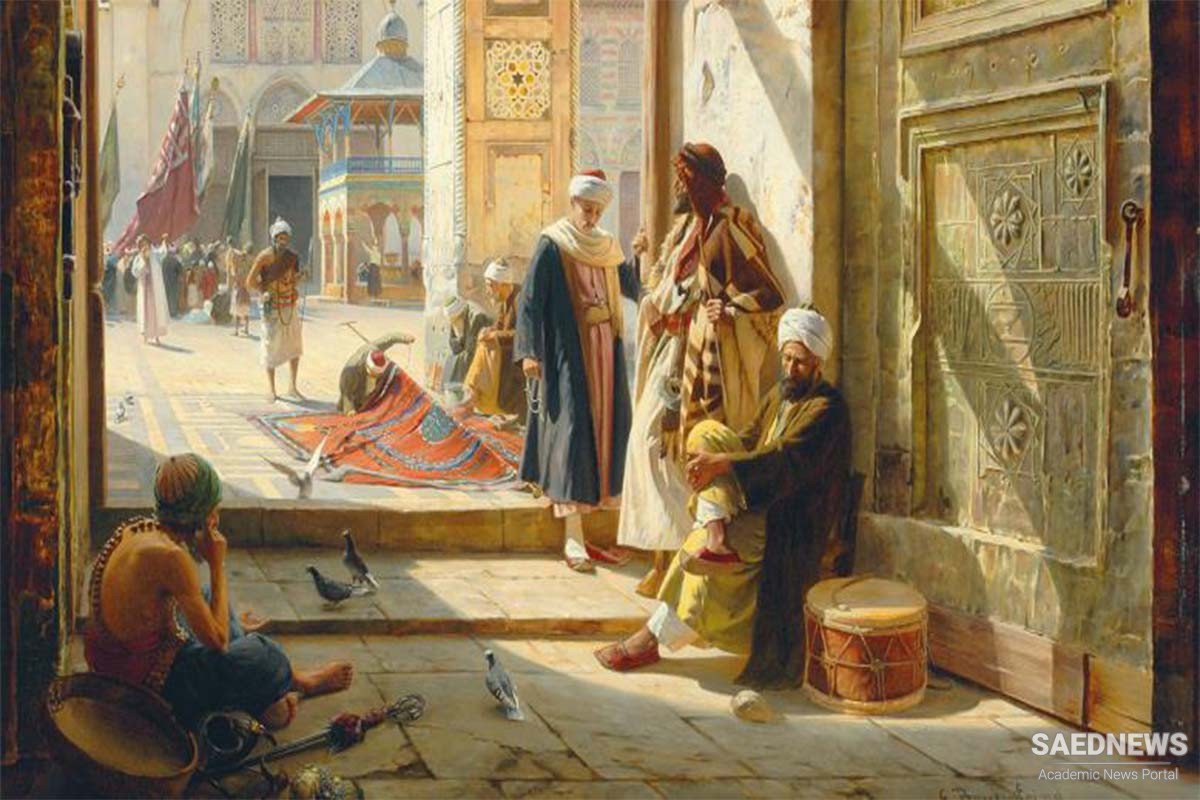The Iranian role in the transition from the Umayyads (41–132 AH/661–749 AD) to the ʿAbbāsid Caliphate (132–656 AH/750–1258 AD) shaped a circle of social change in the medieval history of Iran. Medieval Iran had become a part of the Islamic territories yet had intense memories of its position as a great empire in pre-Islamic times. It went through a period of silence and self-examination during the Umayyad Caliphate. The Umayyad Caliphate barred various Muslim sects of differing worldviews and did not hesitate to commit all kinds of violence and repression. The massacre of Shiʿites during various movements (from Āshurā–Moharram 10, 61 AH/10 October 680 AD) to the uprising of Zeyd ibn ʿAli (Safar 122 AH/ January 740 AD) and Yahyā ibn Zeyd (Shaʿbān 125 AH/June 743 AD), and the humiliation of the mavāli (non-Arab Muslims) are just a few examples of the repressive and monopolist actions of the Umayyad Caliphate.
Despite the Umayyads’ oppressive policies, the Iranians continued to search for an opportunity to regain their lost authority by re-establishing the previous power structure. The establishment of the ʿAbbāsid Caliphate was pivotal for Iranians in their move toward independence. The historical experience of ancient Iran and the period of Islamic rule until the end of the Umayyad Caliphate had shown the Iranians that they had to equip themselves with the correct religious beliefs and substantial military resources in order to participate in the power structure. These two structural resources enabled them to legitimize their power. It helped them to arrive at a political structure as religious and military agents and achieve the highest ranks of power as a result.

The discriminative policies of the Umayyads paved the way for social changes in Islamic territories. Their deterministic and monopolistic ideas were not acceptable to Islamic communities made up of diverse cultural and intellectual groups. Instead, they provided the ground for the reproduction of opposing structures and creating fundamental changes. Even though the ʿAbbāsid Caliphate was formed in response to widespread protests against the Umayyad Caliphate structure, its character was linked to the Umayyad Caliphate with the reproduction of its existing structures. The ʿAbbāsid use of already existing resources in the political structure of Islam and its invitation to agents who had been restricted during the Umayyad period but who were able to alter the power structure provided the ground for the formation of the ʿAbbāsid Caliphate. In their effort to gain power, the ʿAbbāsid Caliphate ultimately marked an important chapter in Iran’s social change.
The ʿAbbāsids were not the only opponents of the Umayyads nor the sole claimants of power. The Khārejis, ʿAlawites, and ahl-e zemme (non-Muslims who lived under Muslim leadership) who had already paid a heavy price for a change in the power structure, comprised the other main groups of Umayyad opponents.1 However, the ʿAbbāsids, with a deliberate plan, used the structural resources of the opponents of the Umayyads only when the Umayyads were about to collapse. The ʿAbbāsids ultimately imposed themselves on the political structure as the most powerful claimants. The starting point for the ʿAbbāsid movement to take the stage was their use of daʿva (invitation) tools. The secret invasion of the ʿAbbāsids, which began in 113 AH/731 AD, had innovative and shrewd aspects which helped them outdo their rivals. Agents opposed to the Umayyads’ repressive and racist structures were among the resources that the ʿAbbāsids identified and used to their full potential. Daʿva was one of the main traditions (sonna) of the prophets, inviting people to monotheism, and it had a long chapter in the history of religions. The religion of Islam was essentially founded on daʿva, 2 by which Mohammad had spread his message in Arabia. Mohammad’s word-based message and his miracle, the Qorʾān, provided a structural resource that could be reproduced in other times.
Using daʿva secretly was not an innovative method, but the ʿAbbāsids used it with knowledge and prudence. They became aware of the structural resources of secret daʿva, and the ʿAbbāsid reproduced this tradition effectively. Suppressive measures in the Umayyad structure and their repression of opponents provided optimal conditions for developing subversive opposition to the Umayyads. The experience of other opponents who helped the ʿAbbāsids’ achievements should not be ignored. The oppression of the Khāreji, who always put all their energy into dealing with the Umayyad Caliphate at once, forced the ʿAbbāsids not to reveal their names as primary claimants of power since this would enable the Umayyads to recognize them quickly and massacre their leaders. It was evident that the massacre of the ʿAbbāsids was significantly more straightforward due to their reputation for more minor sacrifice and jihad for Islam compared to the ʿAlawites.


 The Arrival of the Persians on the Iranian Plateau
The Arrival of the Persians on the Iranian Plateau














































